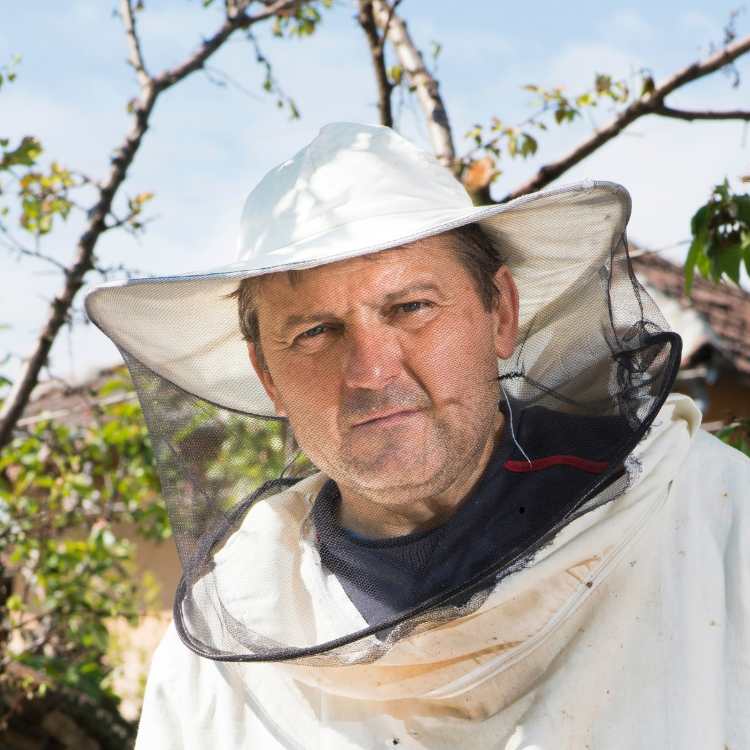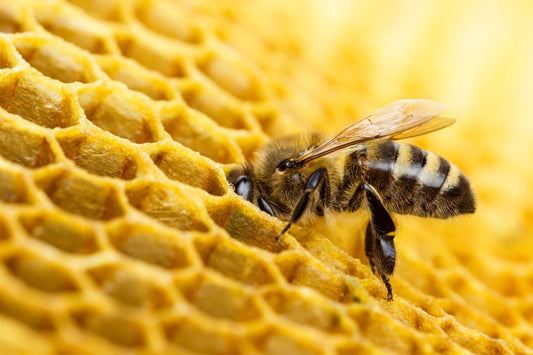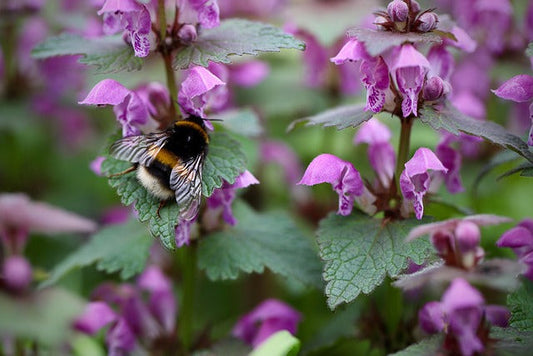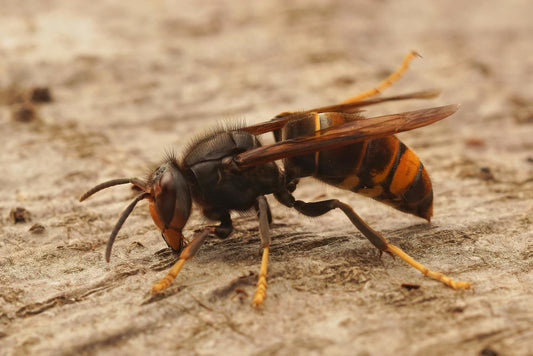As a beekeeper, I have encountered plenty of interesting questions in my life. One of the most common ones? What’s the difference between a honeybee hive and a bumblebee hive?
These might look similar. After all, it is just a structure that houses bees. But look closer at these engineering marvels, and you get to see many key differences. Both have different designs, sizes and purposes. And we will be exploring it all here. Let’s break down these distinctions in detail.
Quick comparison between honeybee hive and bumblebee hive
Quick points of comparison to make the distinction easier and more prominent.
Nesting locations
Honeybees and bumblebees choose very different nesting sites. Honeybees often prefer hollow trees, cavities, or man-made beehives where they can construct their wax combs. A bumblebee hive, on the other hand, is usually found closer to the ground. Bumblebee queens will look for insulated cavities to begin constructing their nest.
While honeybee hives are carefully designed to last year after year, a bumblebee hive exists for only one season. By late autumn, almost the entire colony of bumblebees dies, leaving behind only the new queens, who will survive the winter to start fresh nests the following spring.

Colony size and complexity
The biggest difference here is the numbers. Honeybee hives are known to sustain over 40,000 to 60,000 honeybees at peak strength. Now compare this with a bumblebee hive. The number of individual bumblebees inside a hive rarely ever exceeds 400. So, with fewer bees to feed, bumblebees do not need the large, hexagonal combs typical of honeybee nests.
Honeybee colonies survive winter because they produce and store honey as food reserves. By contrast. A bumblebee hive stores very little nectar. The main focus here is more on short term reproduction and not long-term survival against the elements.
Hive structure and construction
Honeybee hives are masterpieces of natural engineering. Worker bees create six-sided wax cells that hold brood and honey. These hexagons maximize storage and also minimizes wax usage. The honeybee hive is layered, organized, and very meticulously crafted.
Now let’s look at a bumblebee hive. A bumblebee hive looks nothing like a honeybee hive. Instead of tidy combs, bumblebees line their nest with materials like grass, fur, or moss for insulation. Small wax pots are built for nectar and brood, but they lack uniformity. From your perspective, this might look super messy, but it works perfectly for their short life cycle.

Beehive hanging from tree
Seasonal activity
Honeybee hives thrive in warm conditions and are considered to be the most productive during the summer months. During cold spells, honeybees conserve energy by clustering together in their hive.
A bumblebee hive operates very differently. Bumblebees are active in cooler temperatures, which makes them very valuable spring pollinators. This adaptation has given them an ecological edge in colder climates.
What does a bumblebee hive look like
From the inside, a honeybee hive resembles a golden city of hexagons. The bumblebee nest, however, looks much like a cluster of irregular wax pods surrounded by soft insulating material. Instead of permanent architecture, it feels more like a temporary shelter.
- Honeybee hives: Large, layered, hexagonal combs.
- Bumblebee hives: Small, insulated, irregular wax pots.
The simplicity of a bumblebee hive matches its short lived colony structure. Its purpose is only to sustain a few generations until the new queens emerge.

Bumblebee nest in the ground
Size and lifespan of colonies
The design of a honeybee hive is meant for survival. It is to last multiple years, across seasons.
It expands and contracts, but the colony lives on. A bumblebee hive reaches full strength by midsummer, then declines by autumn. With only a few hundred bees, it never grows beyond what the season demands.
Ecological importance of both
Though honeybees produce wax and honey for their hives, bumblebee hive colonies are equally important. Their ability to pollinate in cooler conditions supports crops and wildflowers when honeybees are usually less active.
In ecosystems where both exist, honeybees and bumblebees complement each other perfectly. This ensures year-round pollination efficiency.
Parting thoughts
The only difference between hives, both bumblebee and honeybee, is in the scale of the hives and their purpose. Honeybees need to build vast, perennial hives to survive and produce honey.
Bumblebees make small, temporary nests that only last a season. Yet they excel as cool-weather pollinators. And each plays a critical role in sustaining ecological balance.
If you enjoy stories from the world of bees, you might like following my full blog here as I uncover more unique, fun and exciting stories in their fascinating world.





